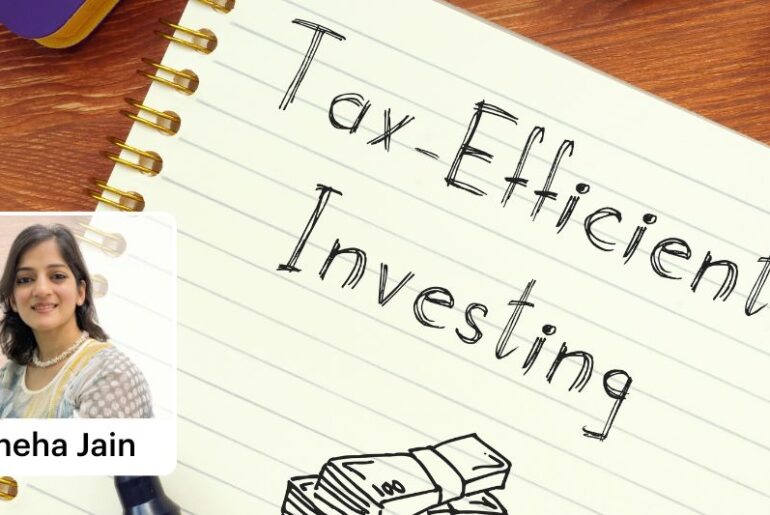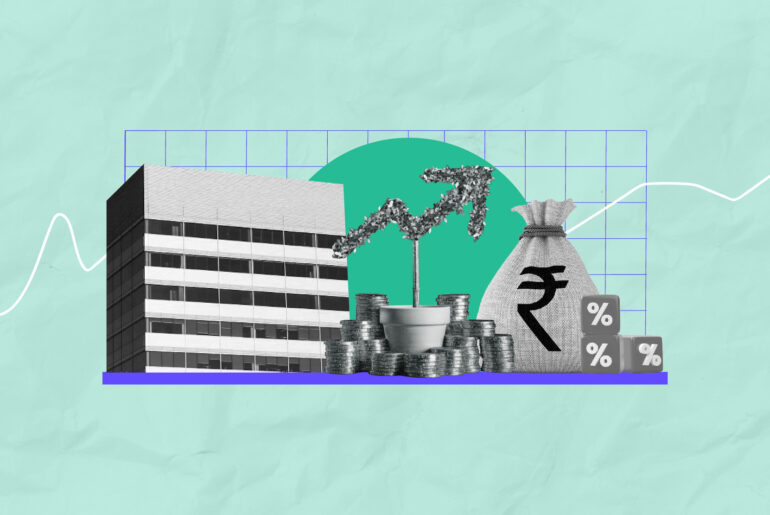Last Updated on May 24, 2022 by
Table of Contents
Understanding Section 115BAC Of Income Tax Act
The Income Tax Act, 1961 is the statute guiding the levy, collection, and administration of income tax in India. It contains several sections dealing with taxation, including the tax regimes that define the tax slabs and rates.
During the 2020 Union Budget, the Finance Minister announced a new tax regime under Section 115BAC of the Income Tax Act. However, taxpayers can choose between the existing and new tax regimes. But it’s worthwhile to see what the new tax regime offers compared to the existing one.
So, let’s explore Section 115BAC in detail.
What is Section 115BAC of the Income Tax Act?
Section 115BAC is an addition to the Income Tax Act, effective from FY 2020 – 2021. This section allows you to opt for a new tax regime with revised tax slabs and rates. It is applicable for HUFs and individuals, both residents and non-residents. Although the new tax regime introduces lower tax rates, it has fewer exemptions and deductions than the existing one.
Existing vs new tax regime
While the new tax regime allows you to pay lower tax rates, it foregoes several allowances and deductions. On the contrary, you can claim more exemptions and deductions if you go for the existing tax regime.
Since you can opt for either of the tax regimes, it is imperative to make a comparative study of both. The table below compares the income tax slabs and rates under the existing and new tax regimes:
Existing tax regime | New tax regime | ||
| Income Slab | Tax Rate | Income Slab | Tax Rate |
| Rs. 2.5 lakh – Rs. 5 lakh | 5% | Rs. 2.5 lakh – Rs. 5 lakh | 5% |
| Rs. 5 lakh – Rs. 10 lakh | 20% | Rs. 5 lakh – Rs. 7.5 lakh | 10% |
| Above Rs. 10 lakh | 30% | Rs. 7.5 lakh – Rs. 10 lakh | 15% |
| Rs. 10 lakh- Rs. 12.5 lakh | 20% | ||
| Rs. 12.5 lakh – Rs. 15 lakh | 25% | ||
| Above Rs. 15 lakh | 30% |
Exemptions and deductions not claimable under Section 115BAC
As per Section 115BAC, the new tax regime has done away with 70 exemptions and deductions. The rationale behind it is to simplify the tax rate regime, administration of tax laws, and compliance by taxpayers.
Here’s a list of some of the major exemptions and deductions that the new tax regime does not permit:
- House rent allowance
- Leave travel allowance
- Interest income under Section 80TTA
- Income for senior citizens under Section 80TTB
- Investments under Section 80C
- Cost of medical expenses of self or dependent
- Children education allowance
- Housing loan interest payments
- Education loan interest
- Donations under Section 80G
Exemptions and deductions available under Section 115BAC
Although the new tax regime has done away with key exemptions and deductions, it does permit some exemptions that can benefit you. Given below is a list of some of the important exemptions and deductions available under Section 115BAC:
Exemption on EPF interest:
You can avail tax exemption benefits if the interest you earn in a year through the EPF scheme doesn’t exceed 9.5%.
Exemption on gratuity:
If you’re a government employee receiving a gratuity, there is no limit up to which you can claim tax exemption benefits. However, the limit is Rs. 20 lakh for non-government employees.
Deduction on employer’s contribution to NPS/EPF account:
Your employer’s contribution towards your NPS, EPF, and superannuation account is liable for exemption up to Rs. 7.5 lakh.
Exemption on post office savings account interest:
The new tax structure lets you avail a certain exemption on the interest from post office savings account. However, the same is not available on the interest you earn from bank savings accounts.
Exemption on NPS maturity amount:
In the new tax regime, you can withdraw up to 60% of your NPS (National Pension Scheme) corpus which will be tax-exempt on maturity. However, you have to compulsorily use the remaining 40% maturity amount to buy annuity plans. Any partial withdrawal is also tax-free.
Exemption on Sukanya Samriddhi Yojana and PPF account interest and maturity amount:
The maturity amount and the interest from PPF and Sukanya Samriddhi account are eligible for exemption under the new tax regime.
Exemption on Life Insurance maturity amount:
Under the new tax structure, the maturity amount you receive from a life insurance company is eligible for tax exemption.
Some other deductions/exemptions:
- Daily allowance when working out of office
- Additional employee cost
- Conveyance allowance for office duties
- Transport allowance for differently-abled employees
- Allowance to meet tour/travel/transfer cost
Opting for the new tax regime
An individual or HUF can switch to the new tax regime either on a y-o-y basis or only once. However, the choice to switch depends on the sources of income in a given financial year.
If your income is not from business/professional
You can opt for the new tax regime on a y-o-y basis if your income is not from a business/profession. If you are a salaried employee, you can choose a tax regime at the beginning of the year. But make sure to inform your employer of the same since they have to withhold tax before paying your salary. However, you can still change the tax regime while filing your income tax return.
If your income includes business/professional income
If your income is from a business/profession, the new tax rates you choose for a financial year apply for subsequent years. However, you get only once in a lifetime chance to switch to the old tax regime. The option to switch is available unless you stop earning from a business/professional source of income.
Conclusion
If you’re wondering which tax regime you should go for, you’re not alone. The debate around which tax regime is better is endless since the source of income and eligible deductions differ with individuals. Nevertheless, understanding section 115BAC is helpful since it will help you determine if the new tax regime is in your favour. However, do reach out to your tax advisor/CA for professional advice on taxes.







